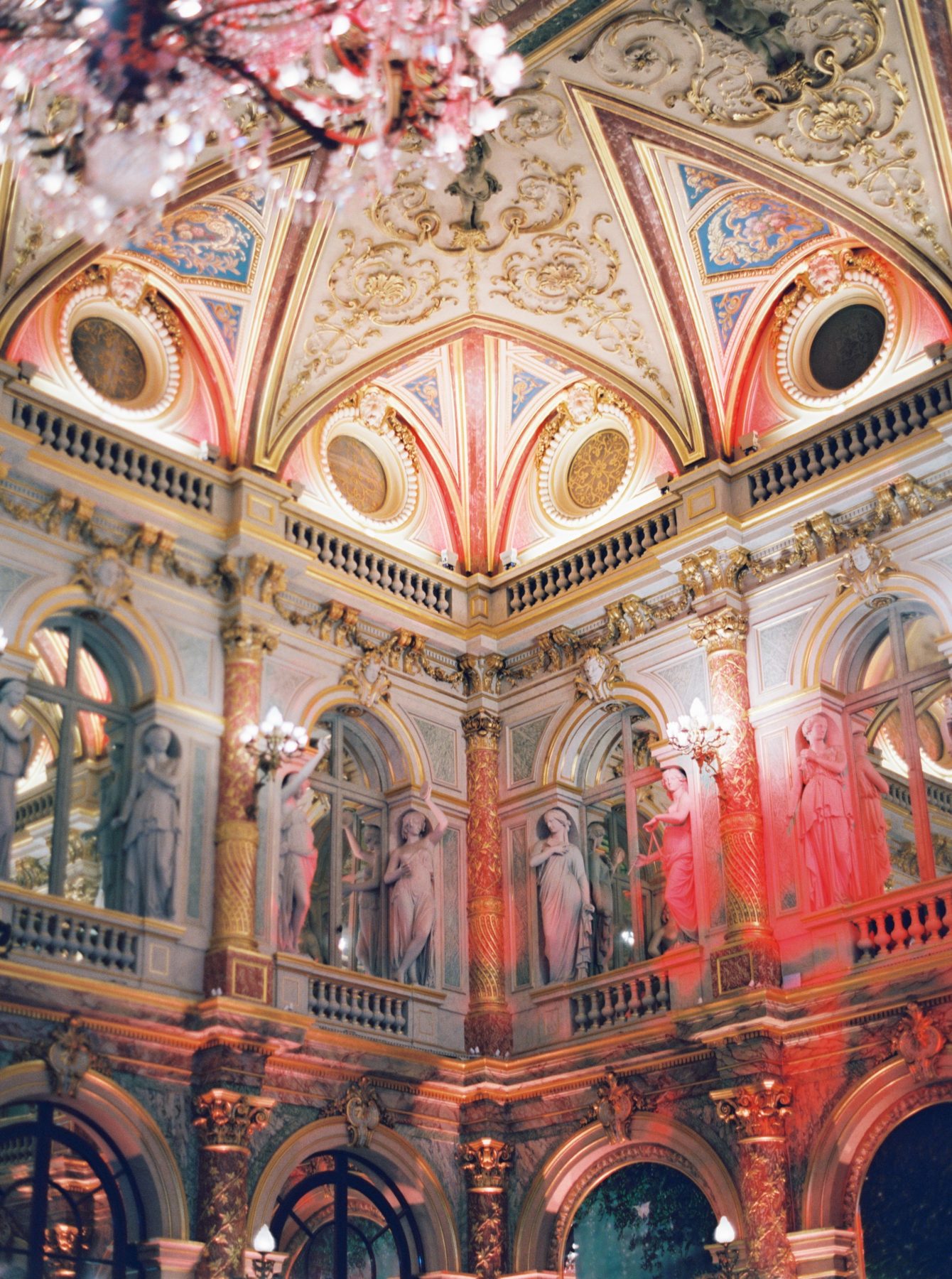THE ORIGINS OF THE INDIAN WEDDING TRADITIONS
A few years back, I had the chance to visit the amazing country of India, and sail the coast North to South. From Mubai to kerala, I have being captured by the beauty of the people, not mentioning the peace that evaporate from the gorgeous temple ! I have always wondered how the wedding cultures in Indian and Pakistan were so rich and immense in traditions. I had the privilege to experience and plan some cultural wedding. I’m happy to share with you the hidden and beautiful meaning.
- Rasam Haldi : This tradition is being followed by many cultures in India. It is a pre wedding ceremony where both the bride and the groom are colored with turmeric paste by their relatives. The reason behind this is that turmeric contains several medicinal properties. A paste of turmeric mixed with sandalwood protects the bride and the groom from various bacteria. In addition, the paste brings a glow on the skin during the festivities.
- Sangeet ceremony was a ritual which was originally only seen in North Indian weddings, it is all about dance and music. It is one of the most enjoyable ceremonies before the wedding and was originally for women. It is held few days before mehndi ceremony and arrive as a time for joy and fun before the stressful event of marriage. Although, I have seen men in the ones we organized. Initially, the sangeet party was orchestrated by the bride’s family , things are now changing. People are invited to sing folk songs dedicated to marriage accompanied by a Dholak. Often Single ladies crack jokes and bless the future bride for a prosperous married life.
- Mehandi: Applying henna on the bride and groom’s hand is common among almost all the cultures. This also takes place a day or two prior to the wedding. Brides get their groom’s names tattooed with henna on their hands. The reason behind this is that in Hindu tradition, henna is believed to be a holy herb, which keeps bad spirits away from bride and the groom. It also has medicinal properties. Modern science has also revealed that henna contains ingredients, which release the stress relieving hormones in our body.
- Bangles : A suhagin (married) girl in Hindu tradition is considered incomplete without bangles on her wrists. Red and green bangles denote a married or engaged girl in Hindu culture. The scientific reason behind the origin of wearing bangles is that it stimulates the pressure points present in the wrists of the brides and helps them maintain a stronger body to conceive.
- Ring Ceremony : Bride and the groom exchange rings before wedding to acknowledge people about their commitment for marriage. The rings press the veins present in the ring fingers and enhance the blood circulation of our bodies. By this, we start feeling more energetic and positive towards life. Bride Throwing Rice over her Head: Indian girls are considered as an incarnation of goddess Lakshmi, the deity of wealth and prosperity. So, when the bride leaves for her husband’s house, she throws back rice over her head to denote that she is blessing her family with wealth and prosperity.



